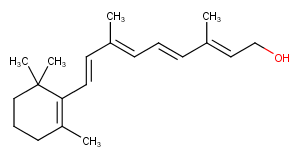The dilution calculator equation
Concentration (start) × Volume (start) = Concentration (final) × Volume (final)
This equation is commonly abbreviated as: C1V1 = C2V2
| 浓度 (start) | × | 体积 (start) | = | 浓度 (final) | × | 体积 (final) |
|---|---|---|---|---|---|---|
|
|
× |
|
= |
|
× |
|
| C1 | V1 | C2 | V2 |

